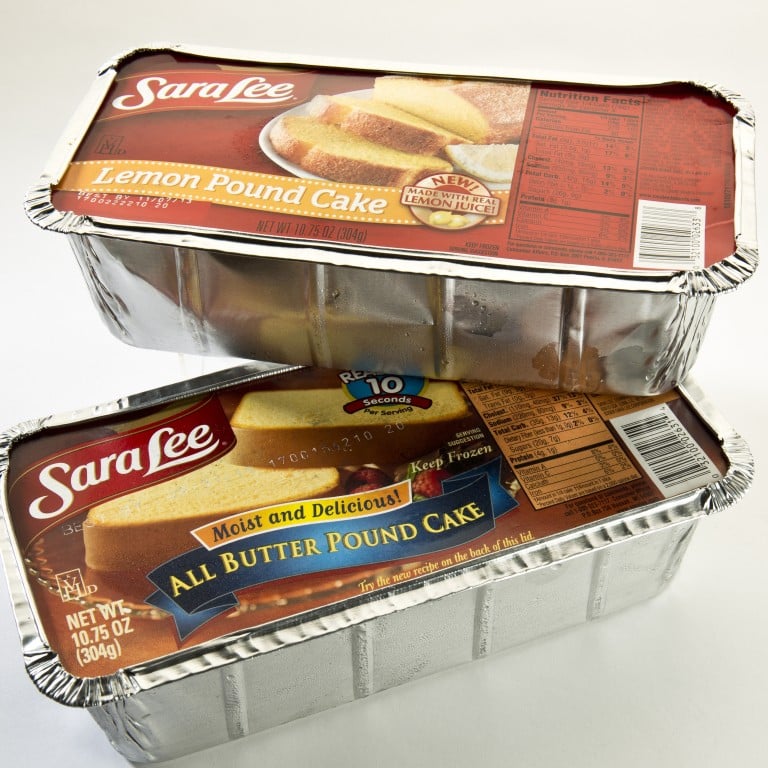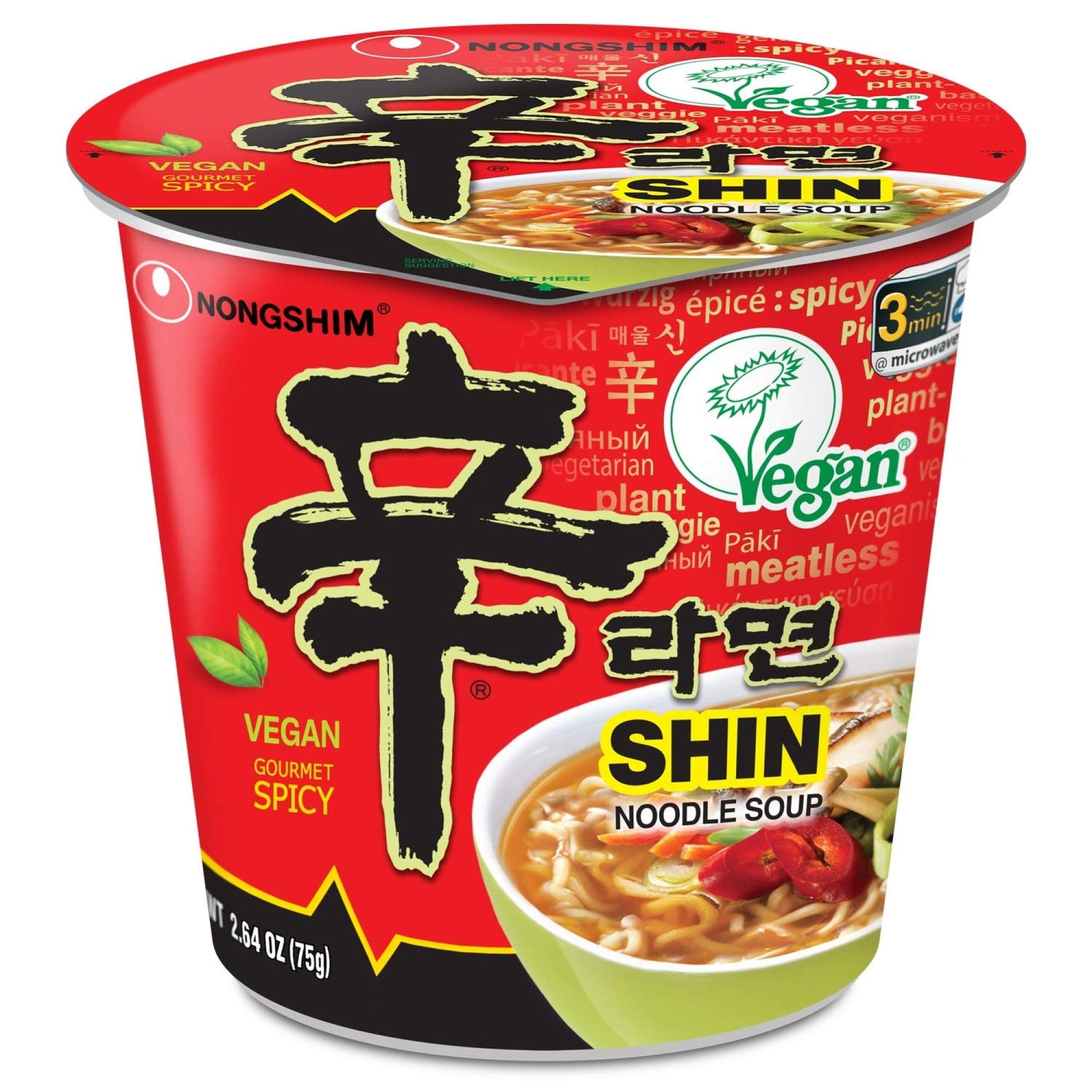
How did the frozen Sara Lee pound cake, as seen on Netflix’s Beef, become an Asian culinary icon and loved the world over?
- Frozen Sara Lee pound cakes have been a freezer staple for Asian families for many years, and even make an appearance in the Netflix show Beef
- The cake – which can be eaten straight out of the frozen section, microwaved, grilled or even for breakfast – is ubiquitous and unconditionally loved
I firmly believe that the Sara Lee pound cake is the Asian-American equivalent of Marcel Proust’s madeleine.
Food has that extraordinary power, regardless of prestige.

However, a real cultural moment hits unexpectedly when Danny (Yeun) arrives at the flat of his con-artist cousin Isaac (David Choe), sheepishly holding a distinctive tinfoil box in his hand as a peace offering.
A taste of home for Diwali: Hongkongers on their favourite festival foods
“I’m going to prison for the both of us, and that’s what you’ve brought? Sara Lee pound cake?” scoffs Isaac.
Visibly flustered, Danny replies: “I just made a quick stop.”
“Whatever,” Isaac says. “Cut that s*** up. Thick slices. Put it in the microwave for 15 seconds.”
It is surprisingly discerning culinary advice from a disaster of a human being.
Ubiquitous and unconditionally loved, it is a freezer section staple, instantly recognisable by its rectangular aluminium tin, cardboard lid depicting slices of pound cake with an impossibly perfect crumb and a red ribbon upon which “Sara Lee” is proudly written.
“Moist and delicious! Ready in 10 seconds!” its packaging promises.
The Chinese food docuseries that also tells stories of migration to Canada
I grew up in Canada, where it seemed that most households would have a Sara Lee pound cake in the freezer, ready for any occasion that called for it – an unexpected guest popping over, or as an easy afternoon snack for your child’s classmates.
My own mother has memories of eating the cake straight from the freezer, bypassing the suggested heating in the microwave.
Likewise, Kelly Nam, the executive pastry chef of one-Michelin-star Joomak Banjum, in New York, says ice-cold Sara Lee pound cake was her favourite breakfast food when she was growing up in the United States.
“It was special to me because I would actually be excited about breakfast if that was what was being served,” she laughs. “My mom always kept them in the freezer growing up, and eating them frozen was the way to go. I loved peeling the ‘skin’ and eating it separately, too.”

Even in my early 20s in Hong Kong, I would attend barbecues or potluck parties where someone inevitably would bring a box over as a dessert offering, likely plucked from the chiller at the nearest ParknShop at the last minute – just like Danny, making a quick stop at the supermarket en route to Isaac’s.
“It was a birthday party staple,” says a friend who grew up in Hong Kong. “My family would cube it and put it on plates to serve lots of kids.”
For another, it made “the best after school snack” – while a few said their mothers would also serve it to them for breakfast.
Asian-American bakeries add the flavours of home to their pastries
One food writer suggested the structural integrity of the cake made it the perfect barbecue item, to be eaten with grilled pineapple and marshmallows. An outlier simply wrote, disdainfully: “I truly hate the texture of this cake.”
Despite its rather Asian-sounding name, Sara Lee’s roots lie in the US city of Chicago, where baker and entrepreneur Charles Lubin bought a small chain of bakeries called Community Bake Shops in 1935.
It was not until 1949 that Lubin introduced the first Sara Lee product, a cream cheesecake, which was named after his eight-year-old daughter – “because he wants every product to be as beautiful and perfect as she is”. He also changed the name of the business to Kitchens of Sara Lee.
The famous all butter pound cake came into being in 1951, but it was not until he encountered a buyer from Texas, who wanted the cakes shipped to him, that Lubin realised he needed a way to freeze his baked goods.
Lubin designed foil pans that allowed the products to be baked, frozen and distributed in the same container – saving costs – and by 1953, they dominated the US market for frozen baked goods. Today Sara Lee, as a brand, is owned by different companies around the world.
It has not all been smooth sailing, however, as Sara Lee in the US was accused of misrepresenting its ingredients in a 2022 class action lawsuit. Plaintiffs based in Chicago alleged that the brand’s claim of “all butter” equated to false advertising, given the recipe also includes soybean oil and other shortenings.
White Rabbit ice cream, handbags, cocktail – iconic Chinese candy evolves
The company denied all allegations but, as part of the settlement, paid out US$1 million to the plaintiffs and has stopped using the All Butter label, switching instead to Classic Pound Cake.
A representative for the brand’s Australian and New Zealand operations, Sara Lee Holdings Pty Ltd, explains that for its pound cakes, it follows “a traditional butter recipe, making the cake moist and delicious for any occasion. They are also made from real, locally sourced ingredients [and] have no artificial colours or flavours”.
He also hints at plans for breaking into the mainland China market. “We are currently looking at bringing our Sara Lee pound cakes to China,” he says. “Watch this space.”
Until then, copycat methods to recreate the cake can be found all over the internet – more than seven million results come up for “Sara Lee pound cake recipe”, as a testament to its hold on bakers and cake eaters around the world. Not bad for what is essentially a simple mixture of flour, butter, sugar and eggs.
The original pound cake recipe is said to hark back to 18th century Europe, with the name derived from the fact that it called for one pound (454 grams) of each ingredient.
The first appearance of a pound cake recipe in America is said to be in the cookbook American Cookery, published in 1796, in which writer Amelia Simmons implores bakers to use “one pound sugar, one pound butter, one pound flour, one pound or 10 eggs, rose water one gill, spices to your taste; watch it well, it will bake in a slow oven in 15 minutes”.
Singapore chefs reimagine grandma’s cooking and inspire some food nostalgia
Back at Joomak Banjum, Nam explains that she has a repertoire of desserts that are designed to “rouse nostalgia or recreate a moment” – in one, a sprinkle of Pop Rocks that sizzle on the palate is perfect ’90s fodder.
“I feel like some things are better left untouched,” she says, “which allows it to stay in my memory, perfect the way it is.”

